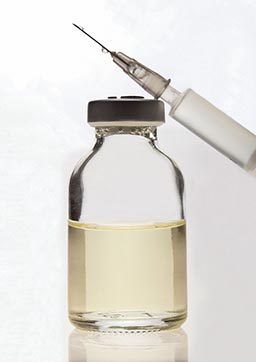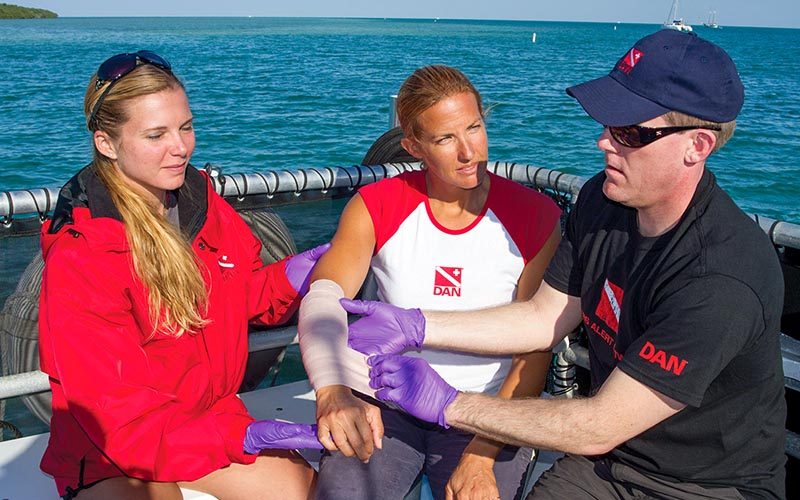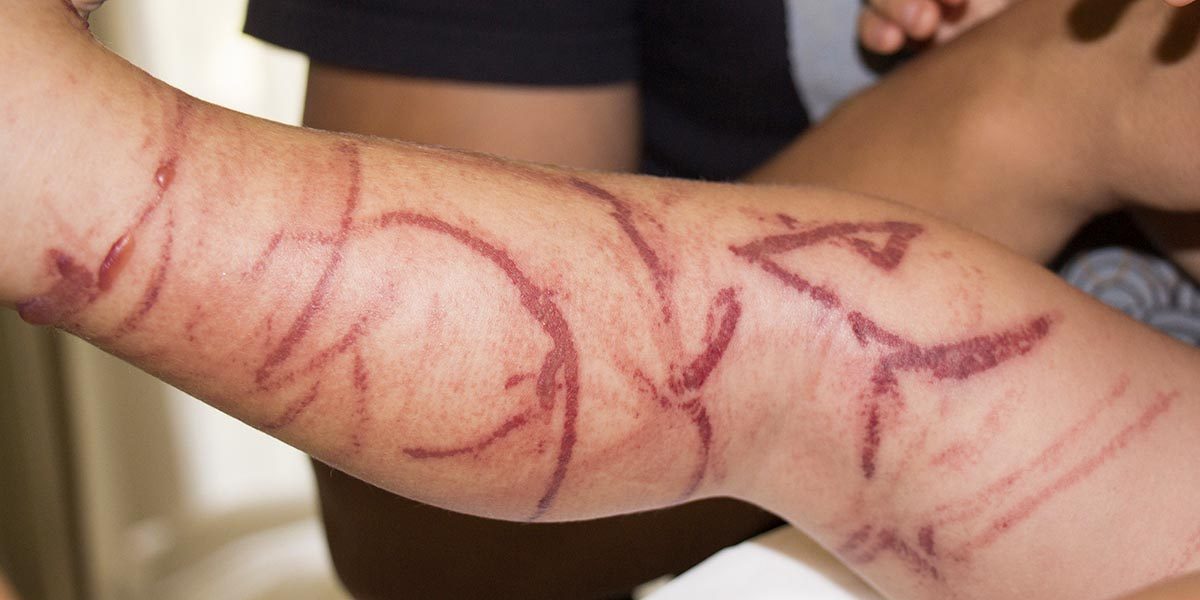“Safety is a consequence of education.”
Divers Alert Network encourages divers from all levels of certification to get first aid training so they are prepared to respond to diving injuries, including marine life injuries. The following chapter details some of the first aid techniques and treatments mentioned throughout the book including thermolysis, antivenoms and the pressure immobilization technique. However, it is important to emphasize that reading and understanding these materials is not a substitute for first aid training.
If you have not been formally trained, DAN highly recommends you find a qualified instructor. To find a First Aid for Hazardous Marine Life Injuries Instructor, visit the DAN Instructor Directory.
In this chapter, you’ll learn about:
Thermolysis
Thermolysis describes the use of heat to break down substances (thermo meaning temperature, and lysis meaning breakdown or destruction). This is often accomplished by immersing the affected area in hot water.
Proteins are essential organic compounds that perform a vast array of functions within living organisms. Most life forms live in temperatures below 122°F (50°C).
Above this temperature, their proteins will suffer an irreversible unfolding of their three-dimensional biomolecular structure. This process has damaging consequences to their function and is called protein denaturation. Application of heat may denature venoms that are comprised of proteins, thus eliminating their effect or reducing their potency.
Technique
The standard recommendations for toxin denaturation as a first aid measure call for immersing the affected area in hot freshwater with an upper limit of 113°F (45°C) for 30 to 90 minutes. This may work reasonably well when the toxin inoculation is skin deep, like a jellyfish sting, but will be less effective when toxins have been inoculated by means of deeper puncture wounds, as is the case of lionfish spines. Though quick reasoning could call for increasing the temperature, applying higher temperatures at skin level in an attempt to reach the desired temperature at a deeper level poses an unacceptable risk of burning the skin. In addition, vasodilatation caused by exposure to elevated temperatures may expedite the onset of absorption and of systemic effects.
Each case is unique and requires some estimation of the depth to which the venom was injected; for superficial inoculations, application of heat might be useful to manage pain and denature toxins, whereas for deeper inoculations, heat is for pain management only.
Risk Considerations
If you attempt to use thermolysis as a first aid measure, minimize the risk of local tissue damage to the injured diver by testing the water on yourself first on the same area that the diver is injured. Use the hottest temperatures you can tolerate and avoid scalding. Do not rely on the victim’s assessment, as intense pain may impair his ability to evaluate temperature tolerability.
Antivenom (Antivenin, Antivenene)
Antivenom is a biological product used in the treatment of venomous bites or stings (not to be confused with antidote). Though it is rare, recreational scuba divers might incur a venomous sting from certain marine life, such as stonefish or box jellyfish, necessitating the use of antivenom. Venomous bites, such as those from sea snakes, are even more uncommon.

What is Antivenom?
Antivenoms are blood-derived biological products developed by injecting an animal—typically a horse, goat or sheep—with sublethal doses of venom. The animal will gradually develop antibodies against the venom, which can then be extracted from its blood as a serum to be administered to humans. Like most blood-derived products, antivenoms require an unbroken cold chain (proper refrigeration from production through storage until administration).
Risks Considerations
Though generally not a concern for first responders, administering antivenoms is not free of risk. Intravenous administration of animal serums can cause anaphylactic shock in susceptible individuals.
What About Antivenom Autoinjectors?
Occasionally, DAN is asked about autoinjectors for antivenoms. Conceptually, these antivenom autoinjectors would work similarly to the way epinephrine autoinjectors (like EpiPen®) work for intramuscular administration. Though it is certainly a compelling idea, antivenoms are much more complex blood-derived products than epinephrine. As such, they have a much shorter shelf life and require an unbroken cold chain. In addition, antivenoms are administered intravenously, a skill which is beyond first aid responders. These limiting factors make this idea relatively impractical for field operation.
Pressure Immobilization Technique
The pressure immobilization technique is a first aid skill intended to contain venom within the bitten area and prevent it from moving into central circulation, where the venom could affect vital organs. The technique consists of pressure to prevent lymphatic drainage and immobilization to prevent venous return (blood flow back to the heart) caused by the pumping action of skeletal muscle.

Technique
Use an elastic bandage and splinting to administer proper pressure and immobilization. An inelastic cloth is not ideal as it is difficult to achieve optimal pressure.
- Begin bandaging a few inches above the bite site (between the bite and the heart).
- Wind the bandage around the limb with overlapping turns moving up the limb and then back down past the bite site.
- The wrap should be tight enough to administer pressure, but you should still have normal feeling, color and a palpable pulse.
- Use a splint or suitable substitute to immobilize the limb.
- If possible, hold upper extremities with a sling.
